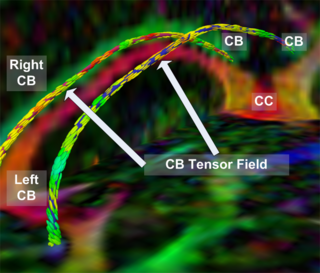Difference between revisions of "2008 Winter Project Week:microslicer 3"
| Line 34: | Line 34: | ||
<h1>Progress</h1> | <h1>Progress</h1> | ||
| − | + | ||
| − | |||
====Jan 2007 Project Half Week==== | ====Jan 2007 Project Half Week==== | ||
Revision as of 20:56, 19 December 2007
Home < 2008 Winter Project Week:microslicer 3 Return to 2008_Winter_Project_Week |
Key Investigators
- The Ohio State University: Kishore Mosaliganti, Raghu Machiraju
- Kitware: Brad Davis, Stephen Aylward
- Harvard: Steve Pieper
Objective
We have developed techniques to achieve cell/nuclei segmentations in microscopic images. Often, nuclei and cells appear as overlapping structures and splitting them apart is a non-trivial problem in image analysis. The microscopy modalities of interest include light, confocal and phase-contrast microscopy.
We have also work on characterizing biological micro-structure in terms of micro-components. This helps us to perform tissue segmentations, clonal population segmentation and tracking. Once again, we propose to incorporate such techniques borrowed from material science and spatial statistics into the microscopy image analysis workflows.
The objectives of this project are to port the ITK-based cell segmentation and micro-structure characterization code to Slicer3 framework.
Approach, Plan
Our approach is based upon using image tessellations and micro-structure characterization algorithms widely used in the material science community. These algorithms help us understand biological organization in terms of component packing densities, arrangements and spatial distributions. The algorithms are detailed in the references provided below. Our main purpose at the Project Week is to work with our collaborators in order to define the scope of this project, decide upon the details of the microSlicer framework in Slicer3, and implement our current developed code into the Slicer3 framework.
Progress
Jan 2007 Project Half Week
We finished the itkDirectionalIterator which will be needed in the Fast Sweeping implementation. Furthermore, we made progress in porting our Matlab code to ITK.
References
- J. Melonakos, M. Niethammer, V. Mohan, M. Kubicki, J. Miller, A. Tannenbaum. Locally-Constrained Region-Based Methods for DW-MRI Segmentation. Submitted to MMBIA 2007.
- V. Mohan, J. Melonakos, M. Niethammer, M. Kubicki, and A. Tannenbaum. Finsler Level Set Segmentation for Imagery in Oriented Domains. BMVC 2007.
- J. Melonakos, V. Mohan, M. Niethammer, K. Smith, M. Kubicki, and A. Tannenbaum. Finsler Tractography for White Matter Connectivity Analysis of the Cingulum Bundle. MICCAI 2007.
- J. Melonakos, E. Pichon, S. Angenet, and A. Tannenbaum. Finsler Active Contours. IEEE Transactions on Pattern Analysis and Machine Intelligence, to appear in 2007.
- E. Pichon and A. Tannenbaum. Curve segmentation using directional information, relation to pattern detection. In IEEE International Conference on Image Processing (ICIP), volume 2, pages 794-797, 2005.
- E. Pichon, C-F Westin, and A. Tannenbaum. A Hamilton-Jacobi-Bellman approach to high angular resolution diffusion tractography. In International Conference on Medical Image Computing and Computer Assisted Intervention (MICCAI), pages 180-187, 2005.
